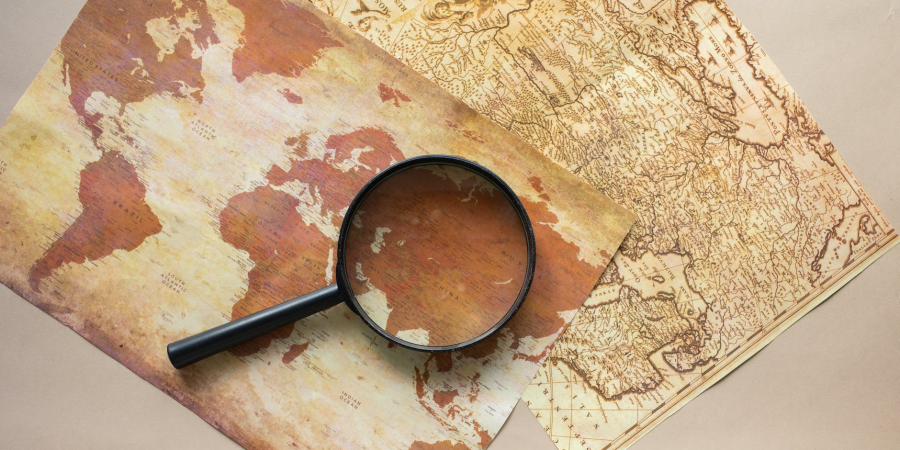

India occupies an area of roughly 3.28 million square kilometers. The Indian mainland lies between latitudes 8°4′ and 37°6′ N and longitudes 68°7′ and 97°25′ E. The Tropic of Cancer, located at 23°30′ N, splits India nearly in half. Additionally, the shoreline stretches 7,517 kilometers in total. The Indian Ocean is split into two distinct bodies of water as a result of the tapering southward of the Indian peninsula. These are the Arabian Sea and the Bay of Bengal.
Himalayas: Stretching over 1,500 kilometers through the northern part of India, the Himalayas are the world's highest mountain range. With an elevation of more than 29,000 feet above sea level, Mount Everest, the world's highest mountain, is located in the Himalayas.
Western Ghats: Stretching over the western part of India for almost a thousand miles, the Western Ghats are a mountain range. At slightly less than 9,000 feet above sea level, Anai Peak, also called Anamudi, is the highest point in this mountain range.
Eastern Ghats: Located in the eastern part of India, the Eastern Ghats are a mountain range. Due to a 100-mile chasm that permits two rivers to flow through and onto India's eastern shore, the Eastern Ghats are categorized as a discontinuous mountain range. Kattahi Betta, at about 6,000 feet above sea level, is the highest peak in the Eastern Ghats.
Bay of Bengal: The Bay of Bengal is situated on India's east coast.
Indian Ocean: India's south coast is adjacent to the Indian Ocean.
Arabian Sea: The Arabian Sea is located on India's west coast.
The Indian Desert consists of the rolling, sand-dune-covered sandy plains on the western edge of the Aravali Hills. This area is the driest in the nation, receiving as little as 150 mm of rain annually, hence it has little vegetation. The desert region is made up of sections of Gujarat's northwest and the states of Rajasthan.
The main landmass of the subcontinent is surrounded by two groups of islands on the two oceans. These probably round off India's physical features. Furthermore, the waters and the mainland split the island territory. making two significant island states as a result:
The Lakshadweep, situated in closer proximity to the Malabar Coast. And these are groups of coral islands that go by the name Lakshadweep together.
The Indian Ocean's Andaman and Nicobar Islands are located off the coast of the Bay of Bengal. Compared to their counterparts in the West, these islands are larger and have a higher biodiversity. The climate in the area is equatorial because the Andaman & Nicobar islands are located closer to the equator.
Thus India is one of the most beautiful and eco-rich countries in the world.


